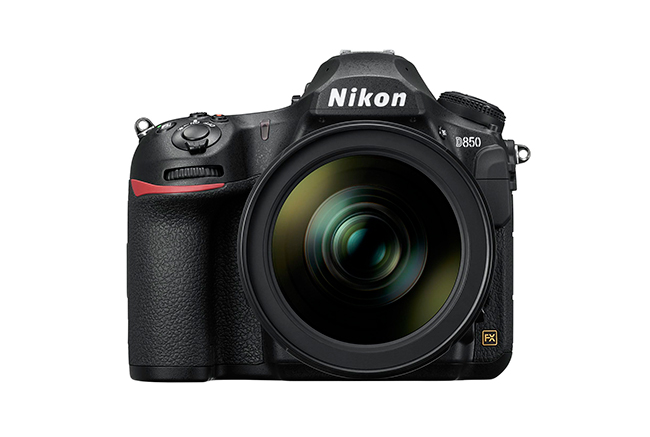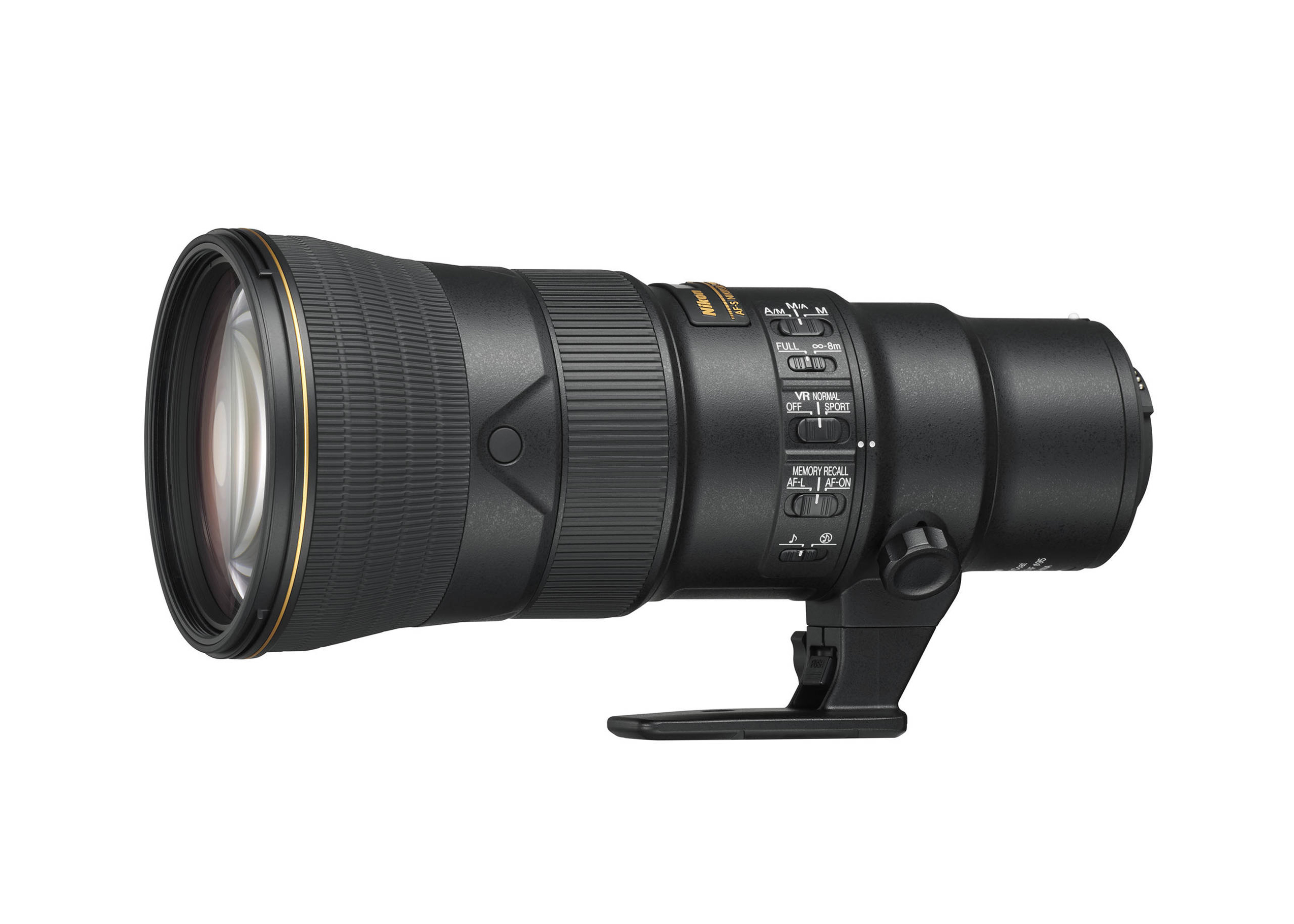My 10 best and worst bits of camera gear: Ross Hoddinott, pro nature photographer
Ross Hoddinott is one of the UK's best-known macro and landscape photographers. What are his kit loves and kit hates?


Ross Hoddinott is one of the UK’s best-known landscape and wildlife photographers, having worked as a full time professional since 1997. Based in North Cornwall, UK, Ross is best known for his exquisite macro and close-up photography, and for capturing evocative landscape images – particularly of Cornwall. He co-runs Dawn 2 Dusk Photography, who specialize in landscape photography workshops, and he also offers bespoke 1-2-1 photography tuition.
As a pro landscape and natural history photographer, I shoot a diverse range of subjects, ranging from big vistas to tiny insects. Therefore, I always try to carry a versatile system of lenses and accessories to enable me to be as adaptable as possible – I don’t want to miss any good photo opportunities
What I carry in my kit bag tends to change depending on the time of year. In spring and summer, when the emphasis of my work is macro photography, I always carry a couple of macro lenses and a range of accessories dedicated to close-up work. In contrast, throughout autumn and winter, I shoot fewer close-ups, and more landscapes, so I switch my kit around to ensure I’m geared up to shooting big vistas and seascapes instead. My office is full of kit, but over the years, I’ve identified the gear that suits my work best, and definitely have my favorite, go to bits of camera kit!
Cameras
1. Nikon D850
Why you can trust Digital Camera World

Without doubt, this is the best SLR I have ever used. I’ve been a Nikon stalwart since I bought a Nikon F801 as a fresh faced 16-year old and have used many models since. I think the D850 is just about the perfect camera for my needs. Its huge 45.7-mega-pixel resolution captures extraordinary detail – ideal for close-ups and landscapes. While its impressive high ISO performance is great for when I need to generate speed in low light for nature photography. It has a great dynamic range, 7fps continuous shooting and a stunning 3.2-inch tilting touchscreen. It handles brilliantly too and is robust and weather sealed. Basically, it ticks all the boxes.
2. Nikon Z 7

Mirrorless is the future, so when Nikon introduced the Z7, I was keen to invest in their new system. The camera is lovely – in many ways, it is a D850 in mirrorless form. I’d prefer a second card slot, but this camera has more advantages than drawbacks. This has now become my mainstay for landscape photography, as I favour Nikon’s new S wide-angles. The lighter system certainly makes life more enjoyable when I need to walk long distances or trek up mountains to reach my viewpoint. Image quality is stunning, and the camera’s dynamic range makes it a great fit for landscapes.
Lenses
3. Nikon 200mm f/4D Micro-Nikkor

This has to be my favourite ever macro. It is an old lens – I think in fact it has been discontinued now. The Nikon 200mm f/4D IF-ED AF Micro-Nikkor is certainly a bit of a lump, and its AF is slow and clunky, but optically it is fantastic and the larger working distance it provides helps me achieve frame filling shots of miniature things. It is best used on a tripod and manually focused, but I love it – the majority of my close-ups are taken using this beast. Although telephoto macros are harder to use, working further away from my subject minimizes the risk of disturbance and therefore maximizes my chances of getting ‘the shot’. During spring and summer, it is almost permanently attached to my D850.
4. Nikon 500mm f/5.6E PF ED VR

I’ve not had this lens long, but its already becoming a firm favorite. It might not be the fastest 500mm prime, but it is the most compact. Its Phase Fresnel optical design allows this lens to be smaller and lighter – it is not much bigger than a 70-200mm f/2.8. It has an impressive minimum focusing distance of 3m, making it suitable for larger flowers and insects, as well as larger wildlife. VR is good and AF is excellent. Its handles and performs beautifully – as it should given its hefty price tag. I suspect this is a lens that will get considerable use over the coming years.
5. Nikon Z 14-30mm f/4 S

I actually waited for this lens to be released before finally buying my Z7. I love shooting ultra wide-angle views, with big foregrounds and stretched perspectives, so this focal range is right up my street. I had got slightly frustrated with Nikon’s F-Mount wide-angles – arguably, the D850’s quality had surpassed their optical quality, with corner sharpness in particular suffering. But, from my experience so far, the new S lenses are excellent and even at the 14-30mm widest end, image quality is great corner-to-corner. I love this little lens. Will I swap this for the f2/8 version, when it is launched? I doubt it. Unless the faster lens is somehow even sharper, I can live with forgoing one stop. I mostly shoot at f/8 or f/11 anyway when shooting landscapes, so – for me – speed is not important.
• Nikon Z lens roadmap
Accessories
6. Manfrotto 410 and 405 geared heads

For landscape and close-up photography, I need a tripod head that offers me small, precise movements. I’ve never liked ball and socket designs and for some time now, I’ve used geared heads. The micro adjustments this design allows is absolutely fantastic for macro, enabling me to compose my shots with unrivaled precision. Basically, the head is a geared version of a three-way pan tilt design, with three levers to adjust each axis. The comfortable, grippy adjustment knobs make this a great head to use. Manfrotto’s 405 is quite a weighty head, so I will switch to the lighter, more compact 410 Junior head if I’m walking any distance, or traveling abroad.
• The best geared tripod heads
7. F-stop Sukha and Loka backpacks

I’ve been using f-stop gear bags for the best part of 10 years now. I’ve yet to see a better design. Their backpacks are incredibly well designed and comfortable to carry. They have a strong, but lightweight frame and you can buy different sized ICUs (Internal Camera Units) to suit the amount of gear you wish to carry. I have an XL ICU in my SUKHA and a Large ICU in my LOKA backpack. They are versatile bags, which hold a load of kit safely, with various compartments and pockets. They are incredibly comfortable to carry – straps don’t dig in or rub and the bag distributes the weight well. They are not cheap, but a great long term investment for outdoor photographers who plan to do a lot of walking, trekking or traveling.
8. Manfrotto Lumimuse LED light

I’ve never been a fan of flash, always preferring to use natural light when taking close-ups. For years, I’ve used diffusers and reflectors to adjust the light’s quality, but a couple of years ago I discovered the benefits of LED lighting. A small LED light is all you need to relieve dark, ugly shadow areas on small subjects, or to create side or backlighting. Being a continuous light source, you can create light from any angle and preview and refine its effect before you trigger the shutter. The Manfrotto Lumimuse has dimming steps (to adjust the light’s intensity) and can be camera mounted. It is rechargeable, solid and a great little lighting accessory. I now always carry a couple of these with me when I’m out shooting close-ups.
• The best LED lights for photographers
9. Lee Filters LEE100 system

I still rely heavily on in-camera filtration when I’m shooting landscapes. I’m a big advocate of filtering the light, and carry a polarizing filter, a variety of solid ND filters (to creatively lengthen exposure time), as well as a host of ND grads to balance the light. Filters help me minimize the time I spend stuck in front of my Mac editing images and promote creativity. For over 20-years, I’ve been using LEE Filters. Both their filters and customer-care are superb. You can now buy LEE Filters directly via www.leefiltersdirect.com and if you use this discount code – 10RHODD – at checkout, you will receive 10% off any order you place.
The worst kit
10. Flimsy tripods
Running workshops, I get to see some pretty awful tripods that clients have unwittingly purchased, but that are simply not fit for purpose. And I’m just talking about cheap, entry level models – which you fully expect to be compromised – but some of the more pricey, trendy looking supports aren’t that great either. Yes, they might look cool, but what good is that if they are poorly designed and constructed. I know tripods are a pain to lug about and no one wants to carry more weight than they have to, but there is absolutely no point having a tripod unless it can do the job. Do your research thoroughly and try before you buy if you can. Stability is essential, but remember – just because it is expensive, doesn’t automatically mean it is going to be any good!
• The best tripods for photographers
Others in this series
• My 10 best bits of camera gear ever: Tracey Welch, music photographer
• Adam Waring's best and worst camera gear ever
• Peter Travers' best and worst camera gear ever
• Rod Lawton's best and worst camera gear ever
• Peter Fenech's best and worth camera gear ever
• Dan Mold's best and worst camera gear ever
The best camera deals, reviews, product advice, and unmissable photography news, direct to your inbox!
Ross Hoddinott is a multi-award-winning wildlife and landscape photographer, best-known for his close-up photography. He lives near Bude in North Cornwall. Check out his work at www.rosshoddinot.co.uk
